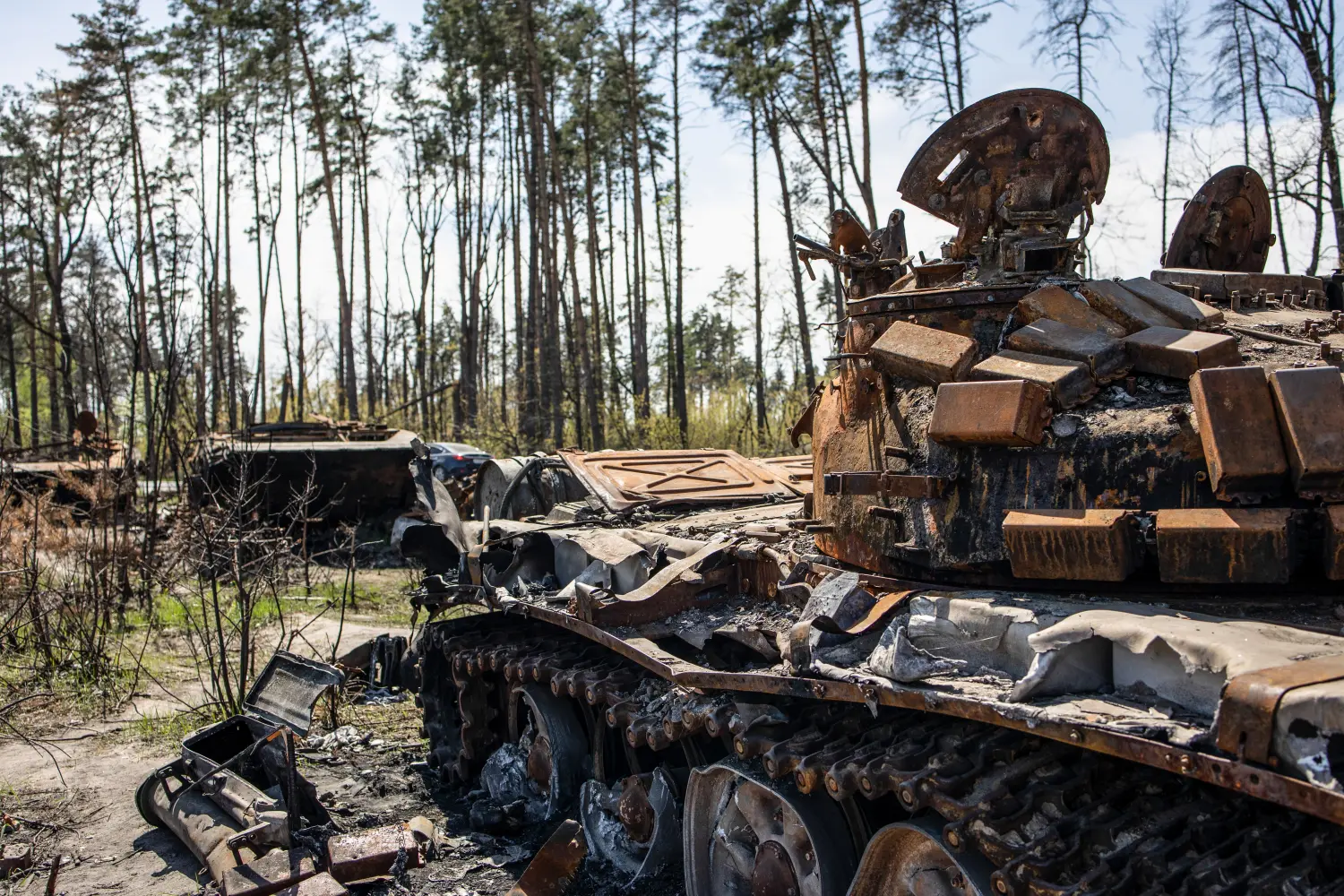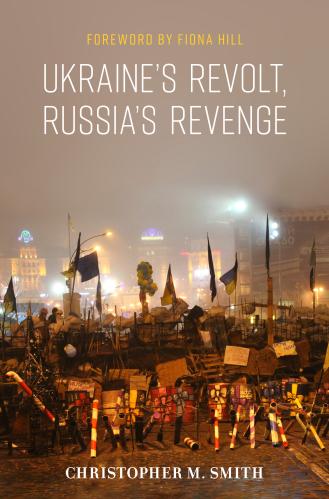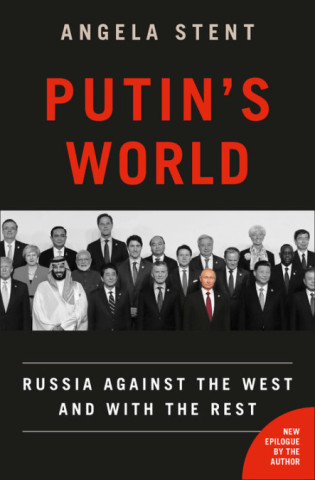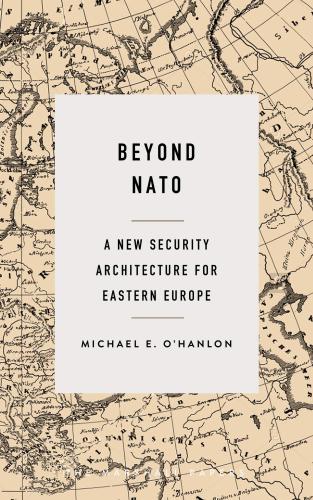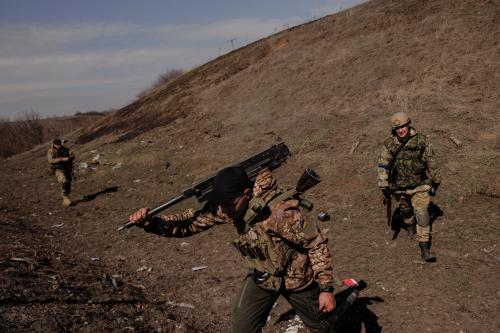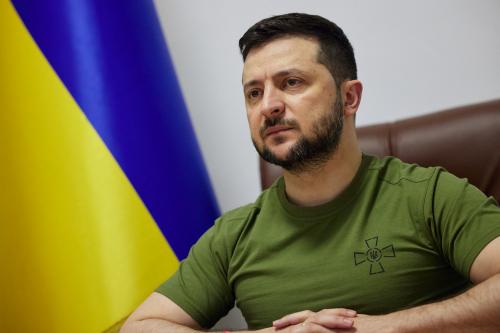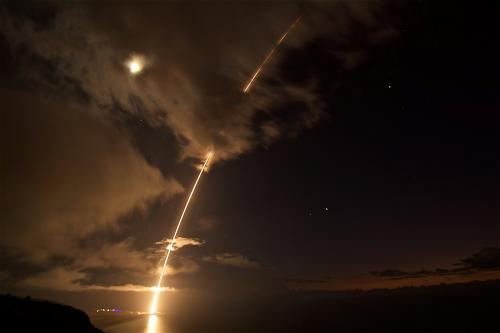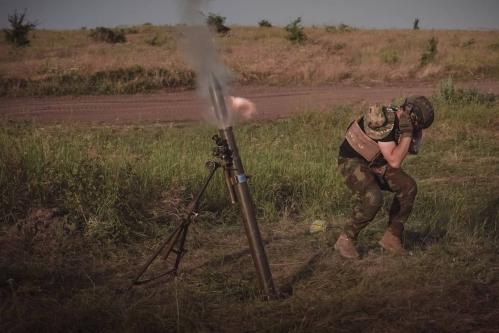This piece is part of a series of policy analyses entitled “The Talbott Papers on Implications of Russia’s Invasion of Ukraine,” named in honor of American statesman and former Brookings Institution President Strobe Talbott. Brookings is grateful to Trustee Phil Knight for his generous support of the Brookings Foreign Policy program.
EXECUTIVE SUMMARY
Russia’s ongoing struggles during its invasion of Ukraine have led some to suggest that the Russian military lacks the capability to credibly threaten the North Atlantic Treaty Organization (NATO) and its member states. However, narrowly focusing on Russia’s tactical and operational struggles, while omitting the flawed Russian strategic decisionmaking which underpinned the invasion, is a dangerous approach. While Russia’s significant losses in this war will clearly degrade its ability to conduct large scale offensive operations against NATO in the short term, it is too soon to write off the medium to long-term threat posed by Russia. Therefore, as the Russian invasion enters a new phase, it is useful to determine what lessons should and should not be derived from this conflict.
There are several conclusions NATO leaders should avoid. First, it would be unwise to think Russia no longer poses a threat and therefore further investment in NATO military forces is unneeded. Early evidence indicates that secretive Russian political decisionmaking and faulty strategic assumptions hindered effective operational planning and force employment. Second, it would be equally unwise to assume the enabling strategy employed by NATO in Ukraine would work elsewhere. Finally, NATO cannot assume the solidarity enjoyed to-date will endure indefinitely. Considering these factors and the strong likelihood that tensions with Russia will persist, NATO leaders must be clear-eyed about the need to enhance the alliance’s conventional deterrence posture.
Reviewing insights from Russia’s struggles provides a useful means to assess NATO’s conventional capabilities. Initial analysis clearly reaffirms well-known axioms that underpin large scale combat operations, lessons NATO should take to heart as the alliance looks to deter future Russian aggression. Specifically, Russia’s degraded military readiness, struggles synchronizing combined arms operations, deficient logistics support, and inadequate force ratios help explain the Russian military’s miscarried offensive. Poor Russian command and control exacerbated each of these failings. While other variables contributed to Russia’s failures, we narrowly focus on these factors as they are most critical to explaining Russian land forces’ challenges. As the Russian military reviews its performance, it is reasonable to expect it will implement reforms to address its failings. Indeed, early evidence from Russia’s narrowed offensive, focusing on eastern and southern Ukraine, suggests that Russian tactical adaptation is already underway.
Just as Russia adapts to better conform to these principles, NATO should similarly adapt to strengthen its conventional deterrence capabilities. Beyond considering the lessons learned by Russia and NATO, Beijing is likely drawing conclusions from this war and how they might apply to a Chinese invasion of Taiwan. China may believe the U.S. will choose to avoid a direct military confrontation and instead employ a robust sanctions regime even if the sanctions negatively affect the U.S. economy. Moreover, the Chinese likely perceive a successful invasion would require the initial use of overwhelming firepower but be concerned with the potentially high cost of an amphibious invasion against the well-armed Taiwanese Defense Forces.
In our subsequent analysis, we analyze these initial insights and provide policy recommendations for NATO to enhance its conventional capability and strengthen its ability to credibly deter future Russian aggression.
-
Acknowledgements and disclosures
Ted Reinert edited this paper and Rachel Slattery provided layout. The authors would like to thank General (retired) John Allen and Michael O’Hanlon for their guidance and mentorship in preparing this paper.

